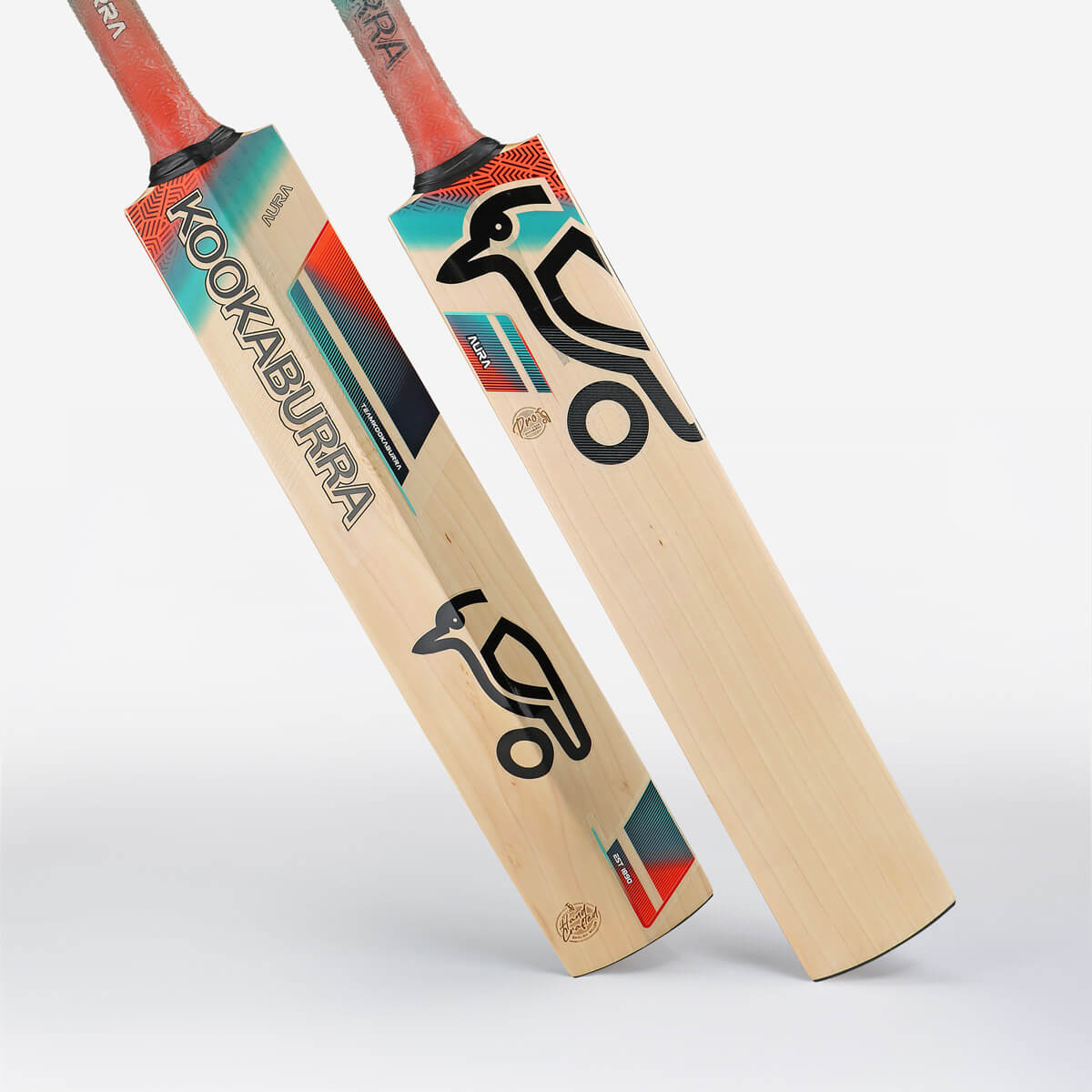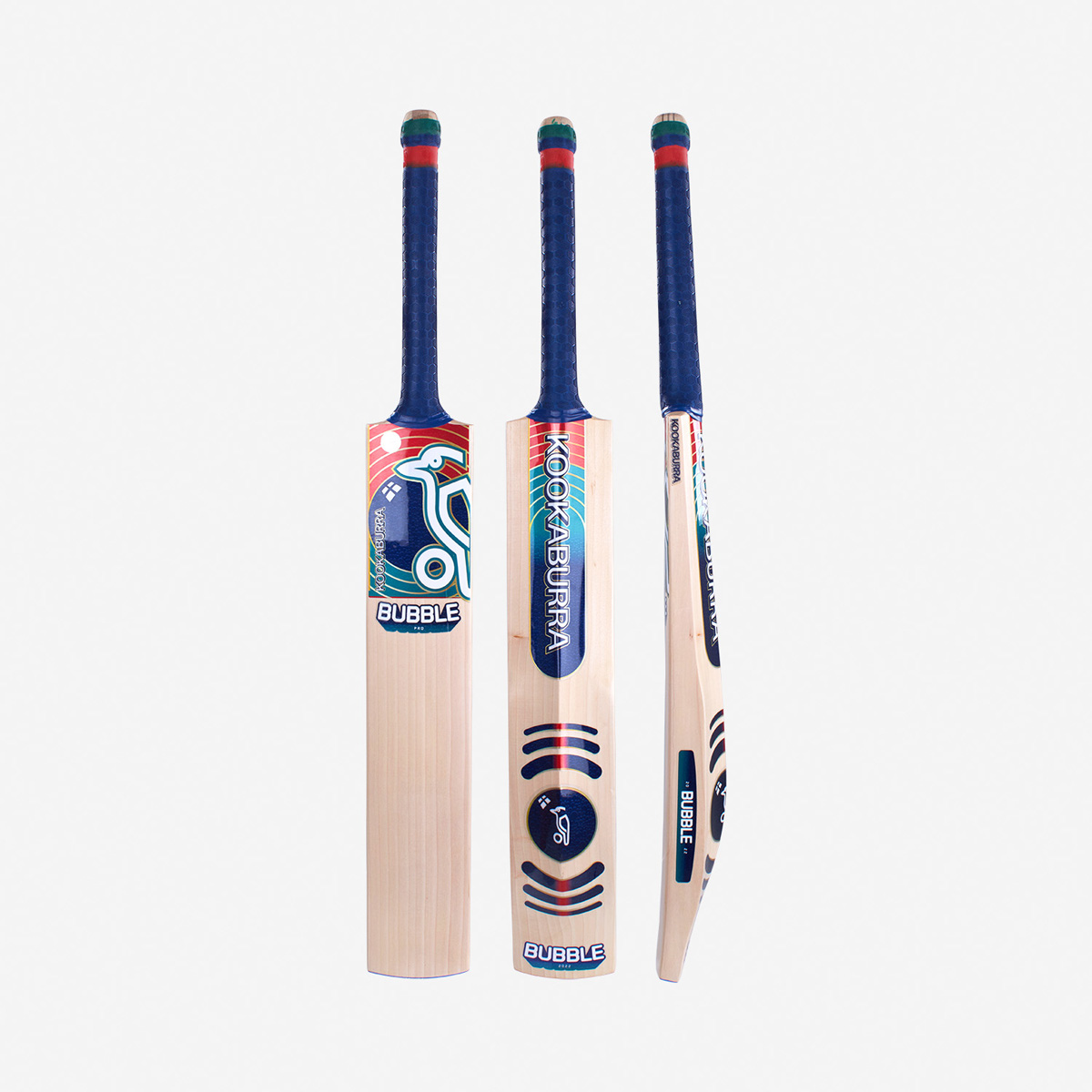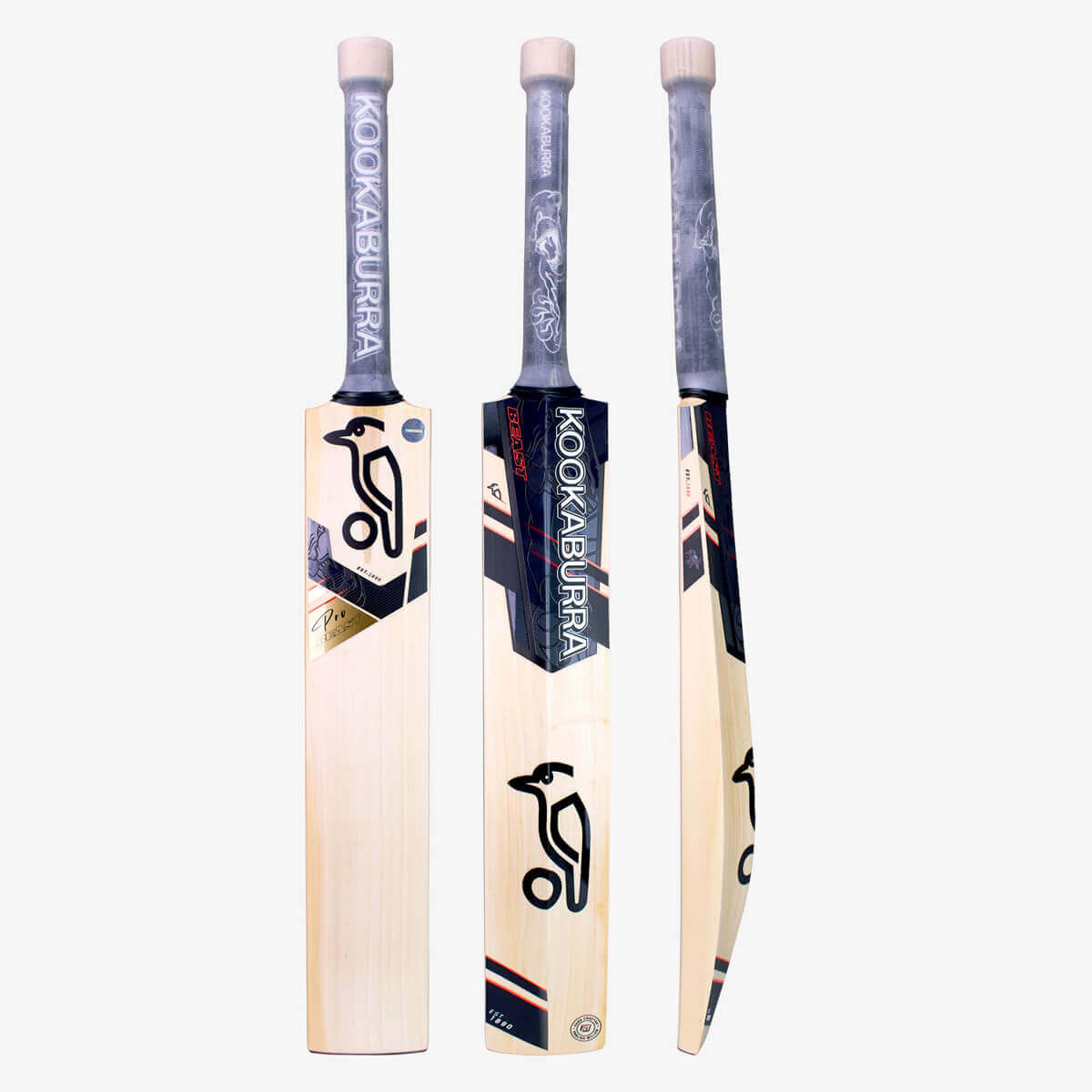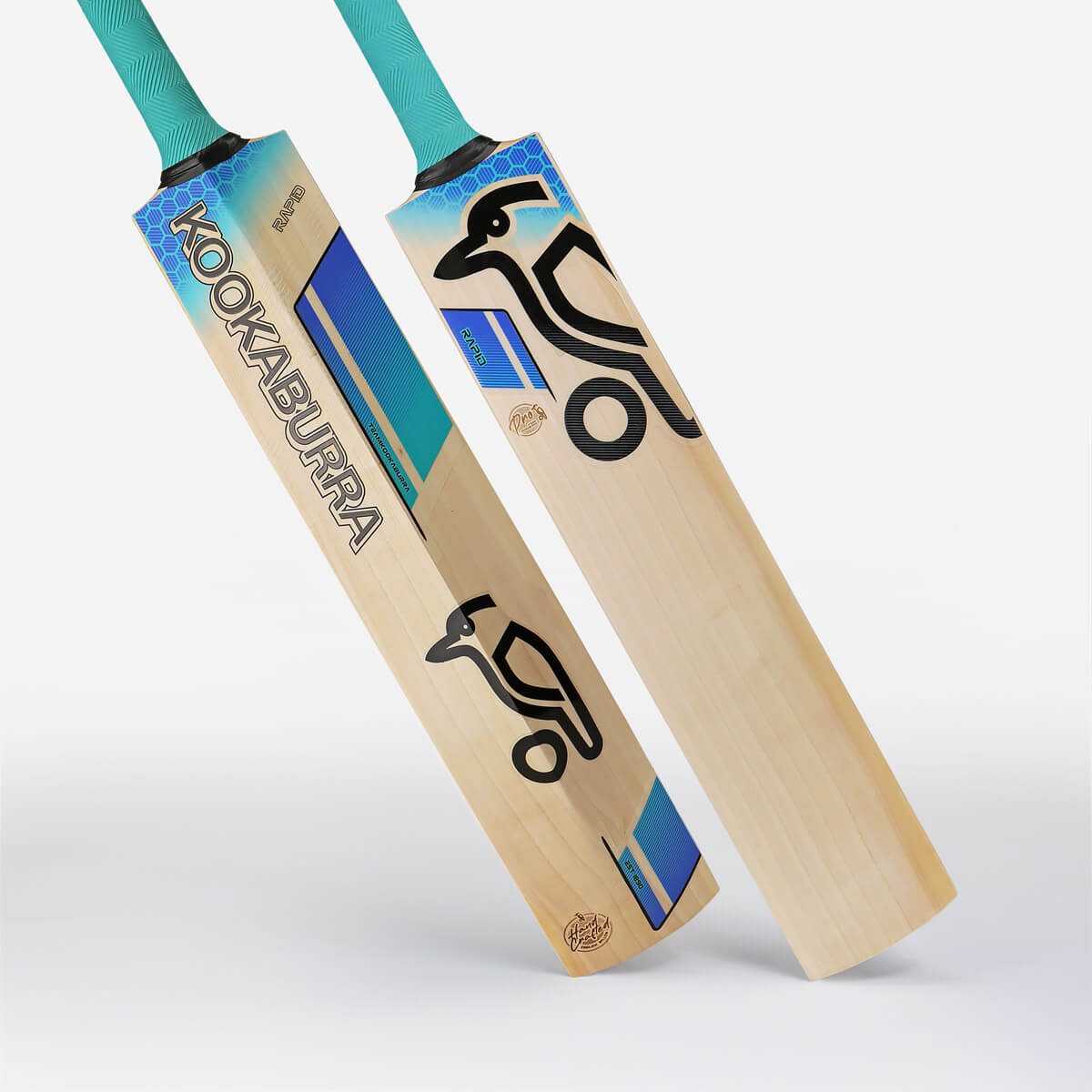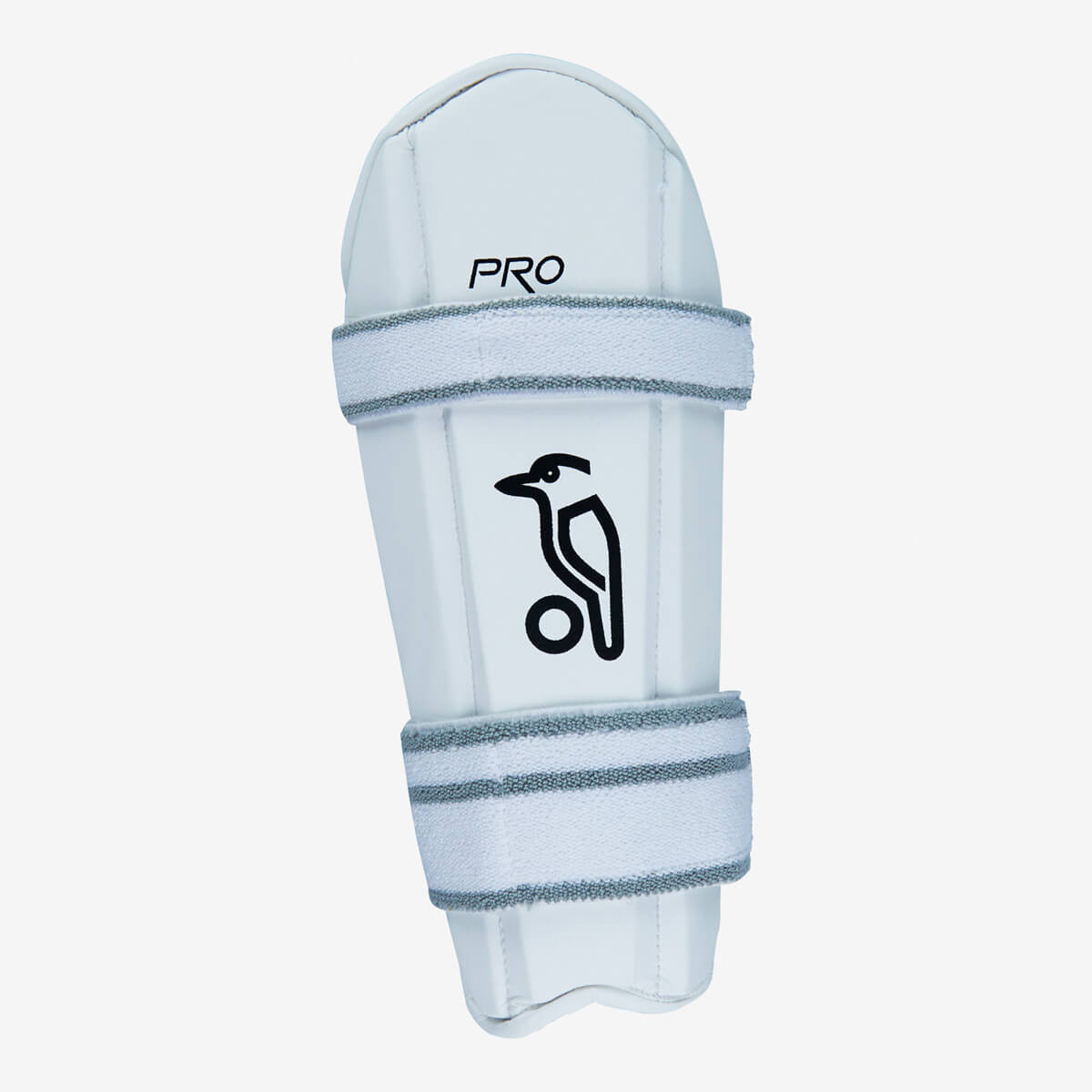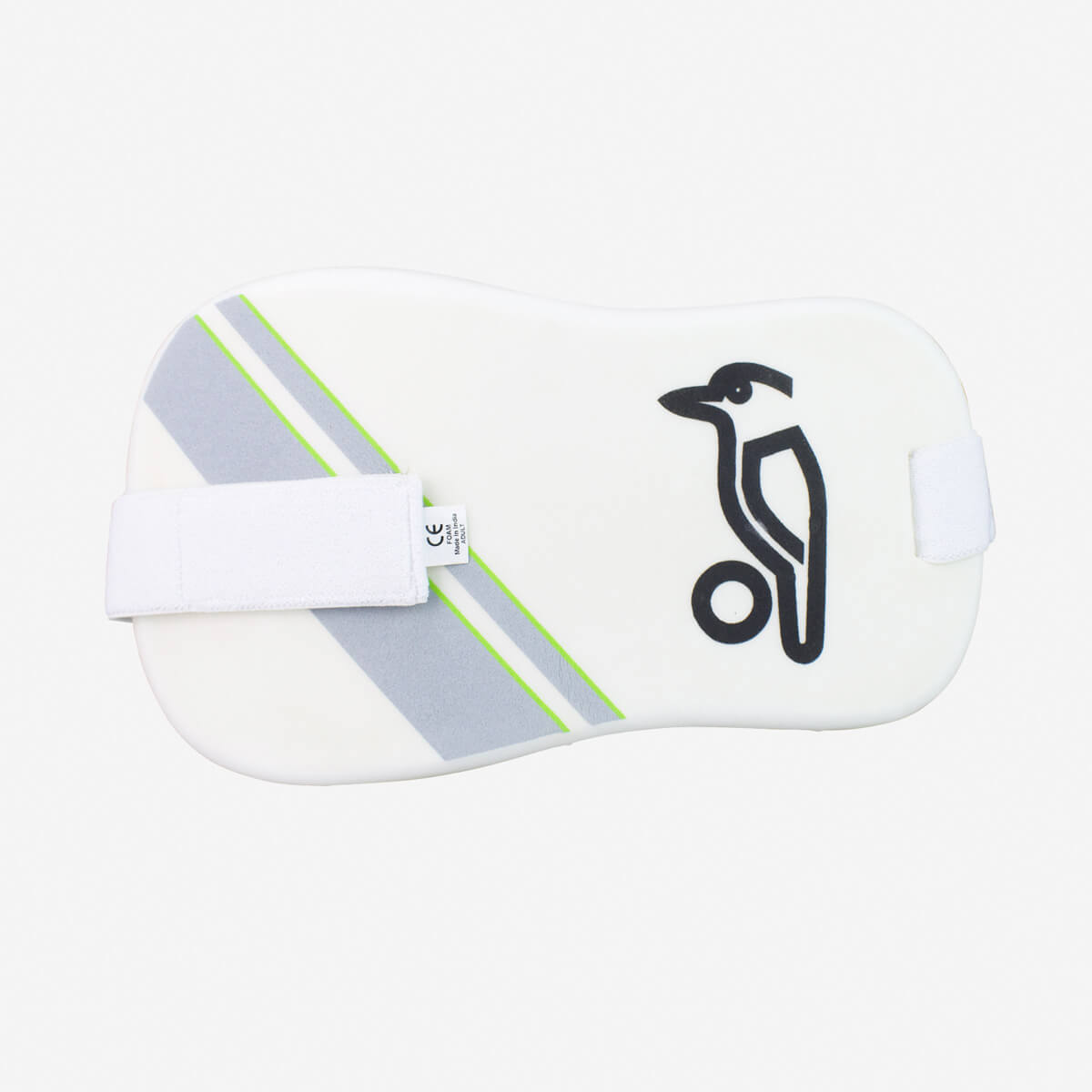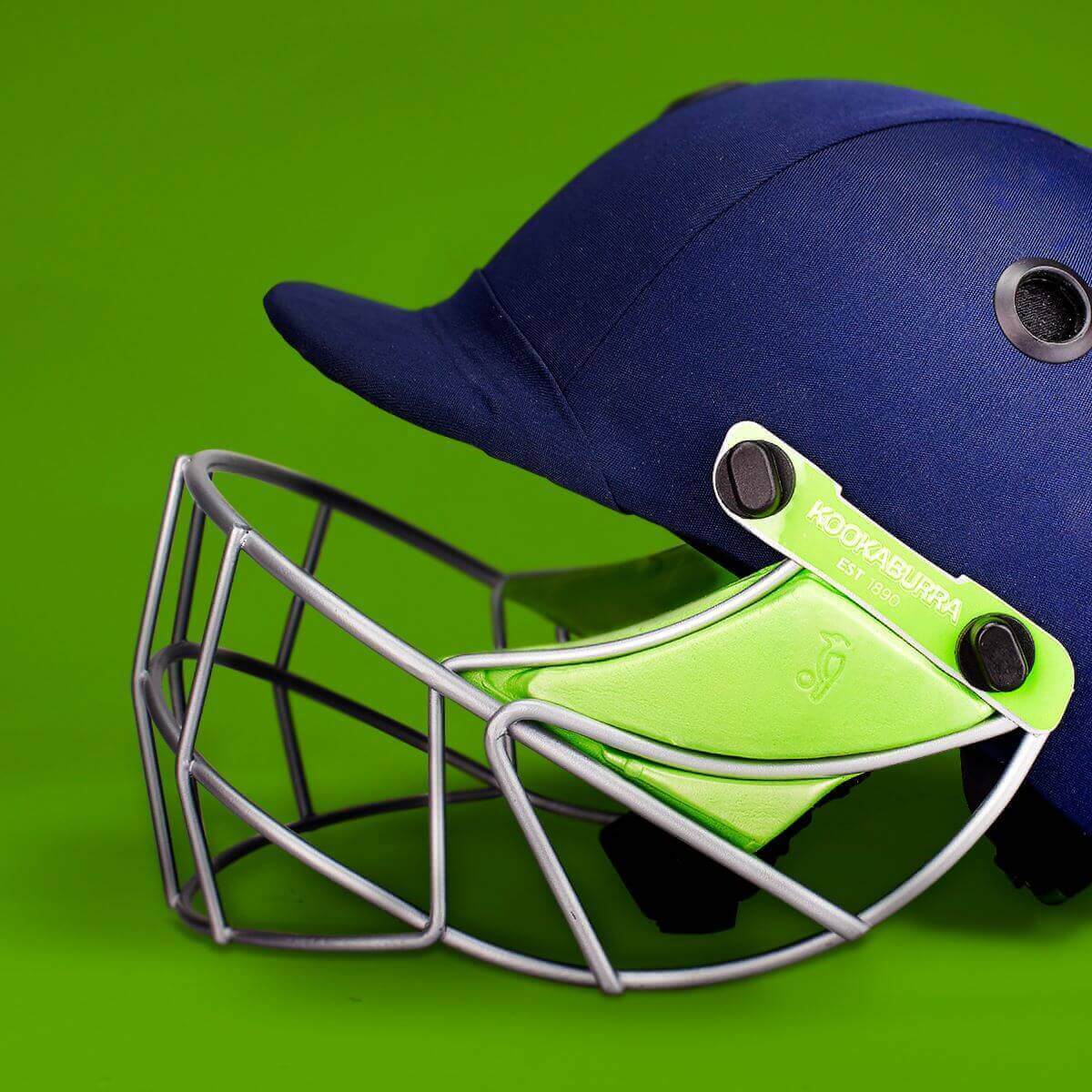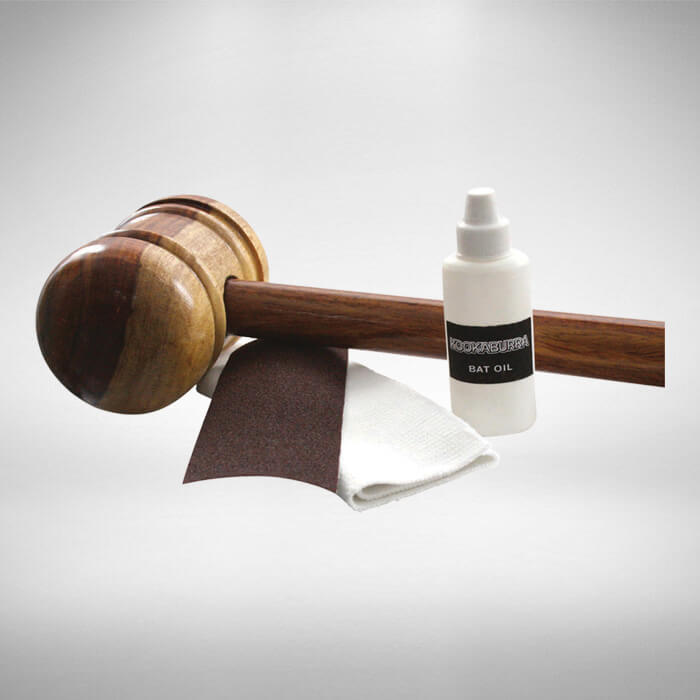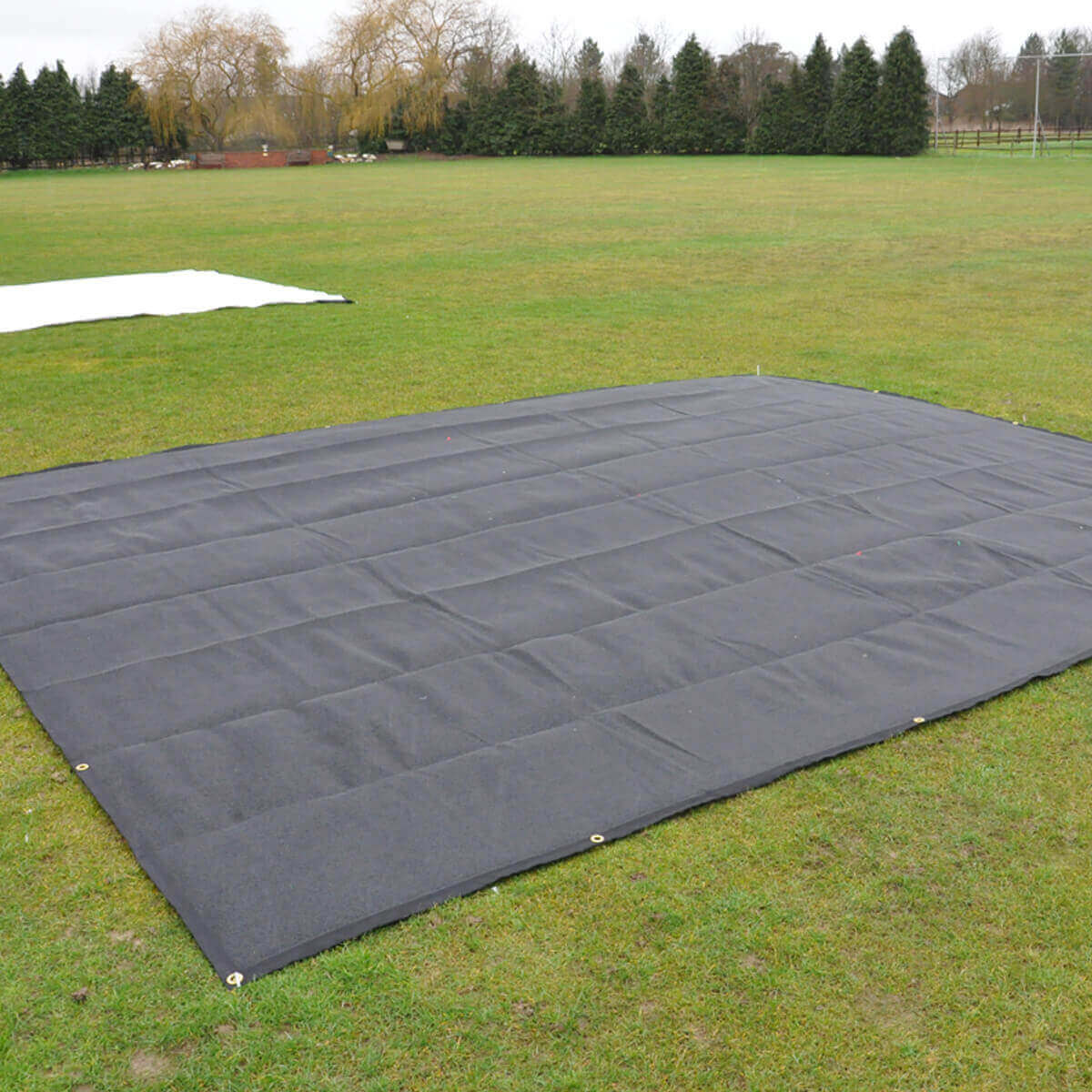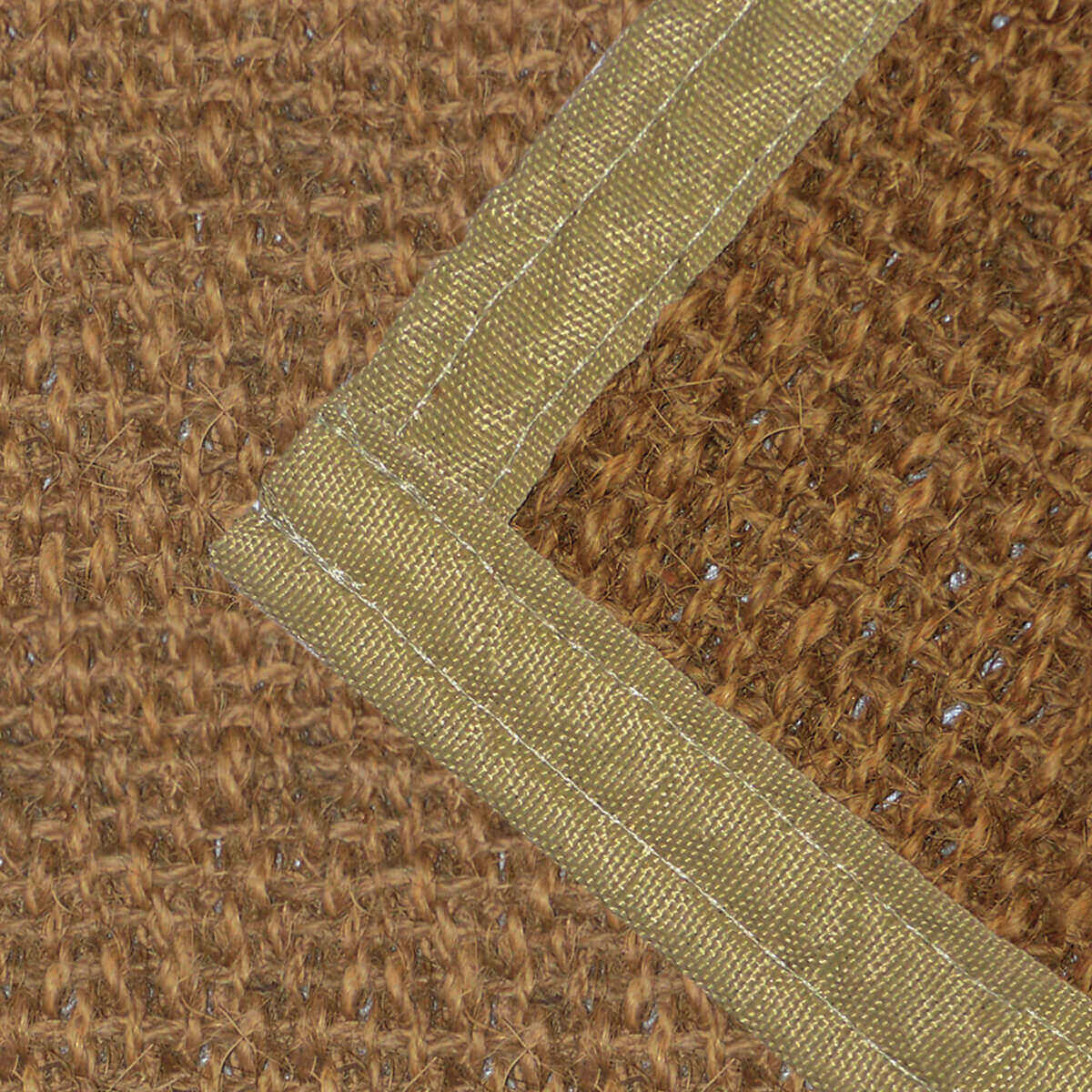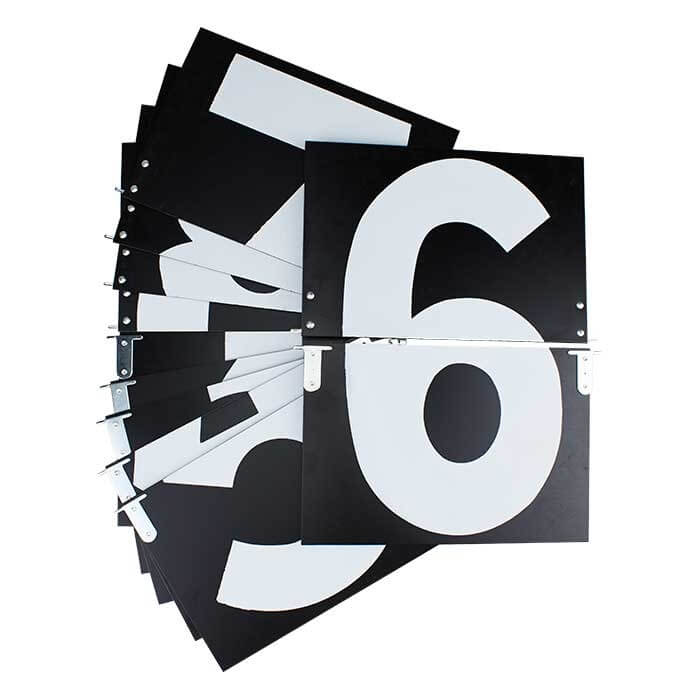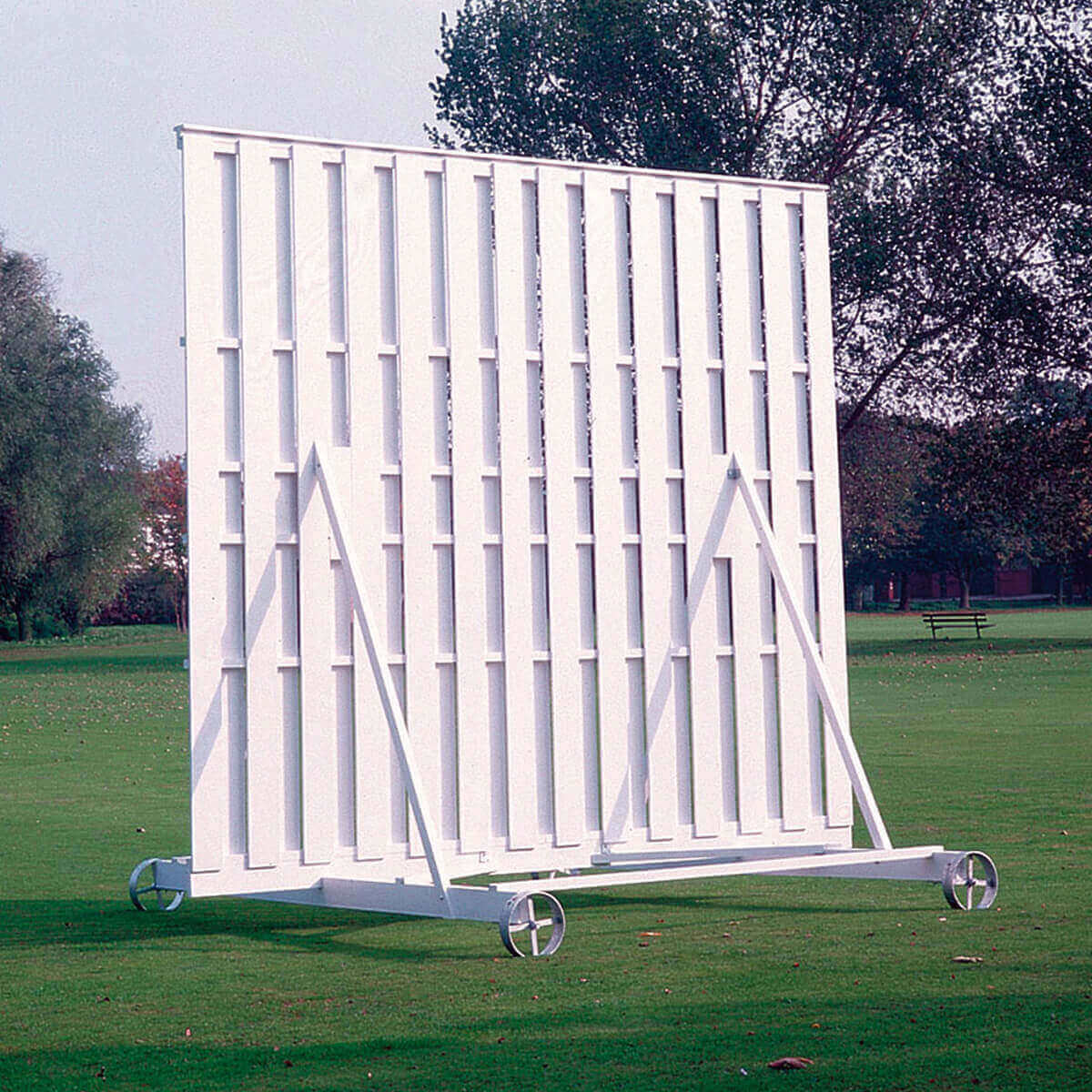Cricket is a more complex game than first meets the eye – there’s a lot more equipment required to play it correctly than just a bat and a ball. Sure, you can practice with next to no equipment, but if you’re looking to take the sport more seriously and play it in the same way as your cricketing idols, you’ll need access to quality ground equipment.
Ground equipment includes everything from scoreboards to matting and, of course, the subject of this article: sight screens. They may not be the most exciting piece of equipment you’ll ever invest in, but they are vital nonetheless.
In this jargon-free beginners’ guide, we’re going to cover the importance of sight screens for those new to the game. We’ll not only explain what they’re used for and why they’re so vital, but run through the different types available to help you choose the right screen for you.
What are cricket sight screens used for?
First up, let’s cover the basics: what exactly are sight screens? Located behind the wickets at each end of the pitch, these large, flat screens are installed to make it easier for batters to track the ball as it flies towards them.
Because of the sheer speed balls can be delivered at – and the distracting colours and moving objects that often surround a cricket pitch (we’re looking at you, spectators) – it’s often difficult for batters to keep their eye on the ball and land a perfect hit. Sight screens act as a backdrop for the ball, providing a much-needed contrast that helps batters spot the ball and keep their eye on it.
Apart from making life easier for the batter, sight screens are also beneficial from a safety standpoint. With the fastest bowlers delivering balls north of 90 mph, a miss-timed swing could easily injure the batter. In combination with protective gear, sight screens help keep batters safe and allow them to perform at the highest possible level.
What size should a cricket sight screen be?
Most sight screens measure approximately 4.5 metres in height and between 4 and 5 metres in width. Any screen in this size range should be suitable for most pitches, although smaller and larger options are available should you need them.
Either way, the screen should be tall enough that the bowler’s arm doesn’t go above them from the batter’s point of view, and wide enough to block out any obvious distractions. Sight screens should always be installed outside of the playing area, just beyond the boundary line.
How many sight screens should I use?
Preferably two, one located at either end of the wicket. One should be placed behind the batter, and the other should be located behind the bowler.
What types of sight screens are available?
As you’d expect, a variety of different types of sight screen are available, with three materials in particular proving the most popular. Wood, mesh and plastic all have their own distinct advantages, from price point to durability; here’s an overview of everything you need to know about each type of sight screen.
Wood
The original is often the best, but is this true for sight screens? Wooden models have been around for decades – far longer than their plastic and mesh counterparts. But despite their more traditional look and construction, they still have their advantages.
Typically made up of 12 individual wooden slats to allow wind to pass through the screen, these durable and sturdy models can last for an extremely long time if they’re well taken care of. Provided they’re painted periodically, wooden sight screens can resist the elements and serve you well for many years – and they’ll look the part too.
The downsides? Wooden models tend to be the heaviest and most expensive of the three, putting them out of reach for some smaller clubs and training grounds.
Mesh
By contrast, mesh sight screens are by far and away the most affordable option. Simple and lightweight, they’re easy to assemble and can be moved from one end of the pitch to another without much bother.
Although they’re not as sturdy and durable as their wooden or plastic counterparts, they are simple to maintain. The mesh centre sections can be removed and replaced as and when required, allowing you to easily switch between different coloured mesh without having to re-paint your screen or buy a new one.
Plastic
The best of both worlds? In many ways, we think so. Despite being similar in price to traditional wooden sight screens, plastic models are lighter and require much less maintenance. You won’t have to worry about repainting them every winter: plastic can last for many years without fading or breaking down.
And because they feature a similar 12-slat design in most cases to wooden sight screens, they don’t look out of place on the cricket pitch either.
What colour should a cricket sight screen be?
Most sight screens are white, because most cricket matches (particularly those played at local clubs or in amateur leagues) use red cricket balls. The red colour of the ball contrasts sharply against a white backdrop, making white the logical choice for the majority of games.
When is a black screen used in cricket?
When a white ball is used for the match (as it often is in T20 test matches, for instance), a black sight screen is required. Again, black contrasts sharply against the white colour of the ball, making the batter’s life easier.
Where to buy cricket sight screens in the UK
Searching for a sight screen of your own? You’re in the right place. 3D Sports is one of the UK’s leading cricket retailers, with a wide range of quality products in stock from renowned brands like Kookaburra. Our range of ground equipment includes everything from sight screens to netting, scoreboards and so much more. Explore our complete lineup and place your order online today.


